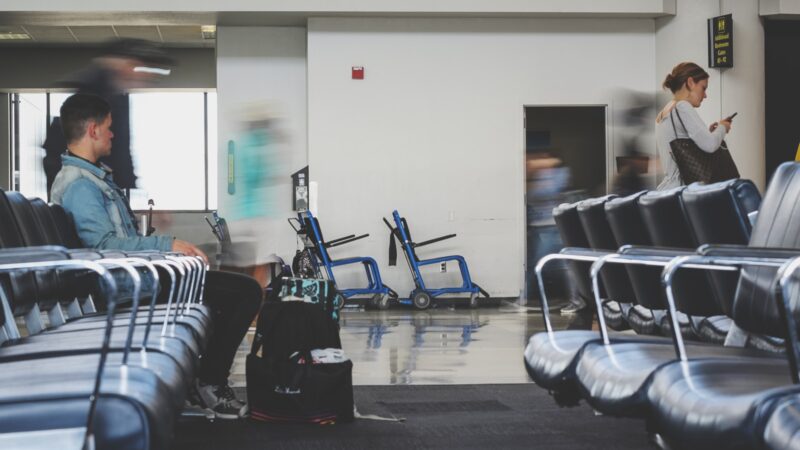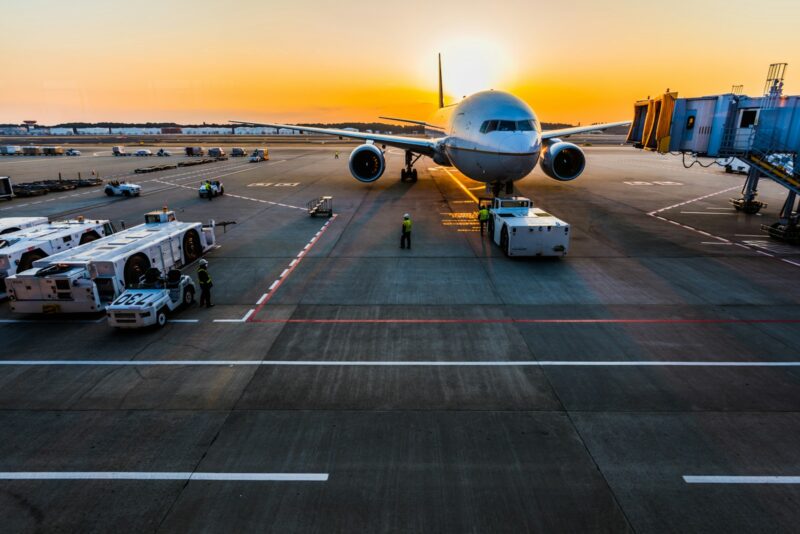Going through airport security can be stressful, especially if you have a medical condition. But don’t worry! With some planning, you can make your journey smooth and worry-free.
The Transportation Security Administration (TSA) has special procedures for travelers with medical conditions to help you get through security easily. You can bring medical devices, medications, and equipment on your flight. This includes things like CPAP machines, insulin pumps, and ostomy pouches. Whether you’re flying with Southwest Airlines, American Airlines, or Delta Air Lines, these rules apply to all domestic and international flights.
Remember, you have rights as a traveler with a disability or medical condition. If you need extra help, you can ask for a Passenger Support Specialist at the airport. They’re there to make your trip easier and answer any questions you might have.
This post is for general info only. Please talk to your doctor or a travel expert for advice about your specific needs.
Table of Contents
TogglePreparing For Your Trip
Getting ready for air travel with a medical condition takes some extra planning. You’ll need to research policies, gather documents, and pack carefully. These steps will help ensure a smoother journey through airport security and during your flight.
Researching Airline And Airport Policies
Start by checking your airline’s rules for passengers with medical needs. Each carrier has its own policies, so don’t assume they’re all the same. Look for info on traveling with medications and medical devices like insulin pumps or CPAP machines.
Many airlines have special services for travelers with health issues. You might be able to request early boarding or special meals. Some even offer oxygen services if you need them.
Don’t forget to review airport security procedures too. The TSA website is a good place to start. They have specific guidelines for different medical conditions and equipment.
Obtaining Necessary Documentation
Next, gather all the paperwork you’ll need. A doctor’s note explaining your condition and necessary treatments is often helpful. This note should list your medications and any devices you use.
For prescription meds, keep them in their original labeled containers. This makes it easier to prove they’re yours and medically necessary.
If you use medical devices, consider getting a notification card from the device manufacturer. This card can quickly explain your equipment to security officers.
For conditions like diabetes, you might want a medical ID bracelet or necklace. This can be crucial if you have an emergency during your trip.
Packing Medications And Medical Devices
Pack your meds and medical supplies in your carry-on bag. Never put them in checked luggage where they could get lost or delayed.
Bring more medication than you think you’ll need. A good rule is to pack for an extra week in case of travel delays.
For liquid medications over 3.4 ounces, you’ll need to declare them at security. Keep them separate from your other liquids for easy inspection.
If you use devices like an insulin pump or CPAP machine, bring spare batteries and parts. Pack your devices in clear plastic bags to make security screening faster.
Remember to bring any necessary accessories like tubing, syringes, or test strips. It’s better to have too much than not enough when you’re far from home.
Navigating Airport Security
Going through airport security with a medical condition can be stressful. But with the right knowledge and preparation, you can make the process smoother and less anxiety-inducing.
Communicating With Security Personnel
When you approach the security checkpoint, it’s important to communicate your needs clearly. You can use a TSA Notification Card to discreetly inform officers about your condition. This card doesn’t exempt you from screening, but it helps officers understand your situation.
Be ready to explain your medical equipment or medications. TSA officers are trained to handle various medical conditions, but they may need your help to understand your specific needs.
If you’re uncomfortable discussing your condition in public, you can ask for a private screening. TSA officers will accommodate this request and ensure your privacy.
Remember, you have the right to request a TSA officer of the same gender for pat-downs or private screenings.
Screening Procedures For Medications
You can bring all necessary medications through security, even if they’re in liquid form. Medications are exempt from the 3-1-1 liquids rule.
Tell the TSA officer about your medications at the start of the screening process. You may need to separate them from your other belongings for X-ray screening.
Keep your medications in their original, labeled containers. This helps officers identify them quickly and easily.
If you have concerns about X-ray screening for your medications, you can request a visual inspection instead.
Screening Procedures For Medical Devices
Medical devices like insulin pumps, CGMs, or ostomy bags can go through security with you. You don’t need to disconnect or remove them.
Let the TSA officer know about your device before screening begins. You may need to do a pat-down or use a hand-held metal detector instead of the body scanner.
Some devices can go through X-ray screening, while others can’t. If you’re unsure, ask your doctor beforehand or tell the TSA officer your concerns.
Be prepared to handle your device during screening. Officers may ask you to show how it works or perform a swab test for traces of explosives.
Dealing With Mobility Aids And Assistance
If you use a wheelchair, cane, or other mobility aid, you’ll go through a different screening process. You can stay in your wheelchair if you can’t stand or walk.
TSA officers will physically inspect your mobility aid and may do a pat-down. They’ll be respectful and explain each step of the process.
If you need help during screening, you can bring a companion into the screening area with you. This person will also need to go through security screening.
Service animals are allowed through security checkpoints. They’ll need to go through screening too, but officers are trained to handle them safely.
Tips For A Smooth Security Experience
Going through airport security with medical conditions can be challenging. These tips will help you navigate the process more easily and reduce stress.
Arriving Early
Getting to the airport with plenty of time to spare is crucial. Aim to arrive at least 2-3 hours before your flight for domestic trips and 3-4 hours for international flights. This extra time gives you a buffer for unexpected delays and helps reduce anxiety.
Pack your bags the night before to avoid last-minute rushes. Double-check that you have all necessary medical documents and medications readily accessible. By arriving early, you’ll have time to speak with TSA agents about any special needs or concerns without feeling rushed.
Remember, a relaxed mindset starts with good planning. Give yourself the gift of time and peace of mind.
Staying Calm And Patient
Security screenings can be stressful, especially when dealing with medical conditions. Take deep breaths and remind yourself that TSA agents are there to help. If you feel anxious, try focusing on a calming image or repeating a soothing phrase to yourself.
Consider bringing a companion if possible. They can offer support and help communicate your needs to security staff. TSA offers a Disability Notification Card that you can use to discreetly inform officers about your condition.
Stay polite and cooperative, even if you encounter challenges. A positive attitude often leads to a smoother experience for everyone involved.
Utilizing TSA PreCheck And Other Programs
TSA PreCheck can significantly streamline your security experience. This program allows you to keep your shoes, belt, and light jacket on, and leave laptops and liquids in your bag. For travelers with medical conditions, this can mean less stress and fewer potential complications.
To enroll, you’ll need to complete an online application and schedule an in-person appointment for fingerprinting and a background check. The fee is $85 for five years, which can be well worth it for frequent travelers.
Other helpful programs include Global Entry for international travel and CLEAR, which uses biometrics to speed up identity verification. These options can make airport security much more manageable, especially when dealing with medical concerns.
Additional Resources
You’re not alone in navigating airport security with medical conditions. Several helpful resources are available to make your journey smoother.
The TSA website is a great starting point. It offers detailed information on traveling with disabilities and medical devices. You’ll find tips, guidelines, and answers to common questions.
For personalized assistance, reach out to the TSA Cares helpline. They can provide guidance specific to your needs and even arrange for a Passenger Support Specialist to help you at the checkpoint.
If you encounter issues during screening, don’t hesitate to ask for a supervisor. You can also file a complaint if you feel you were treated unfairly.
Remember the Air Carrier Access Act (ACAA). It protects your rights as a traveler with disabilities. Familiarize yourself with its provisions to ensure fair treatment.
For quick updates and travel tips, follow TSA on social media platforms like Twitter. They often share useful information for travelers with special needs.











